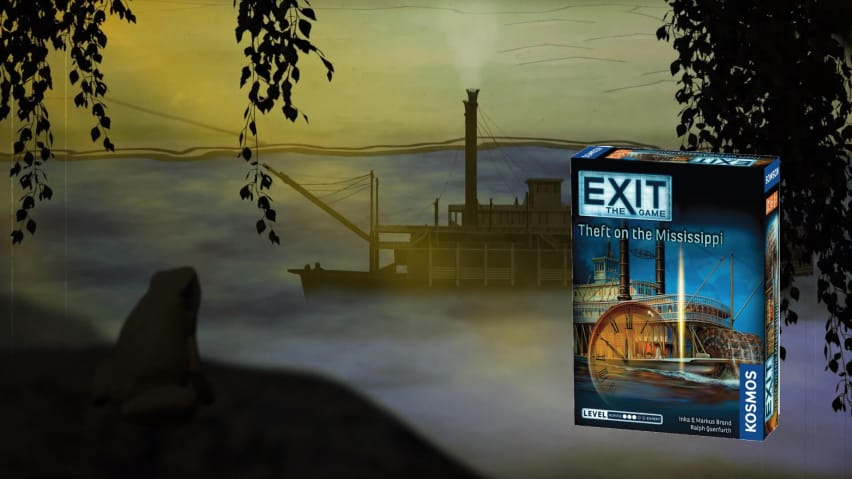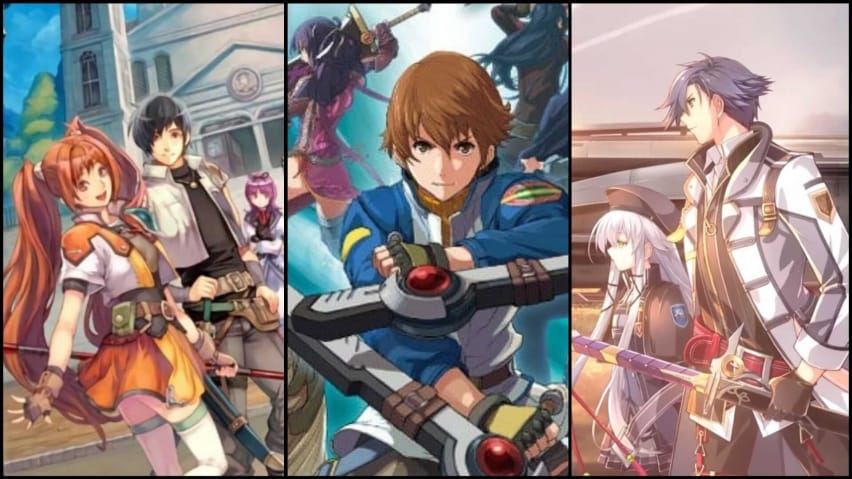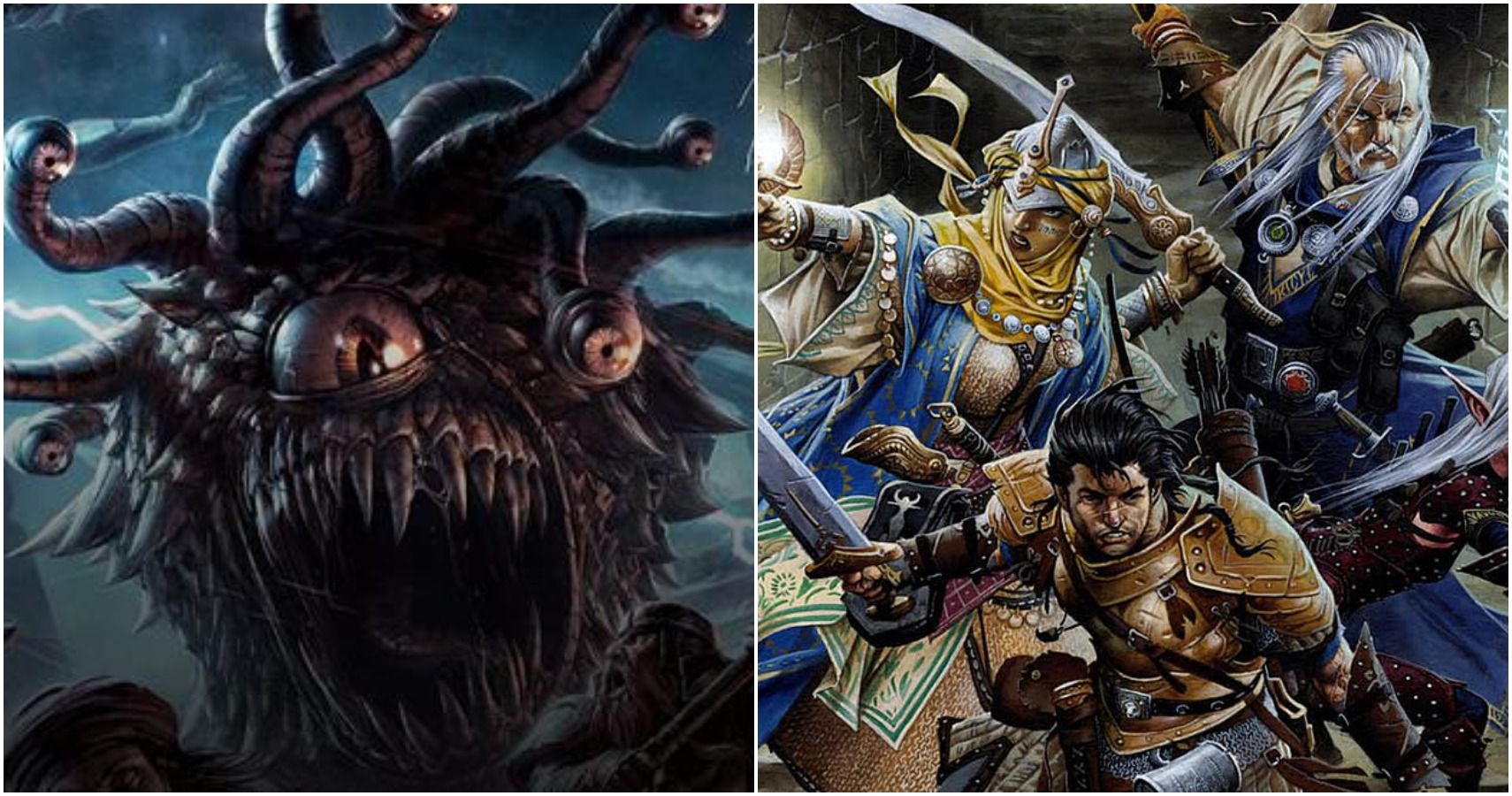
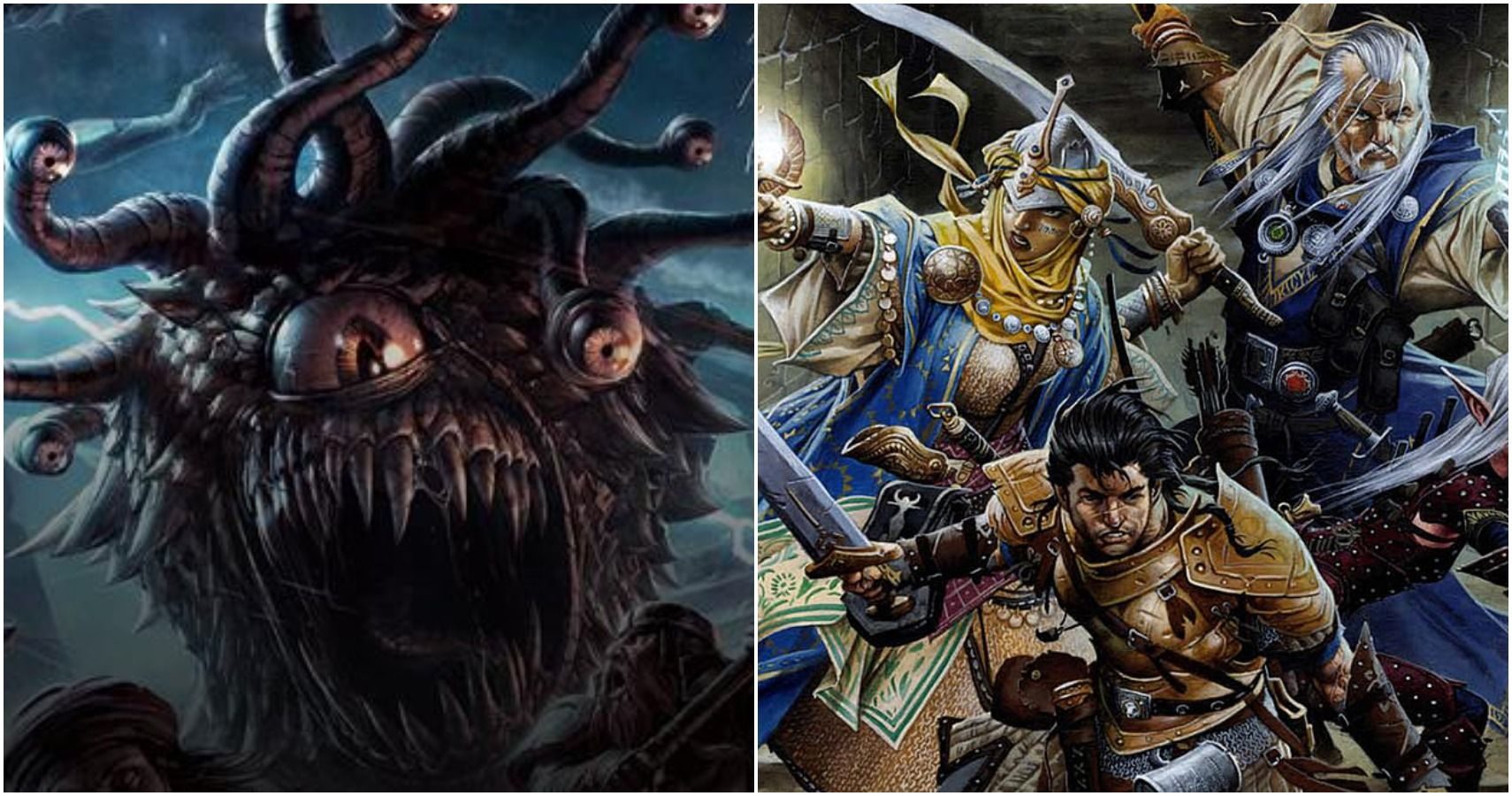
In recent years, the popularity of table-top role-playing has been on the upswing. This can be traced back to the hobby playing a big role in popular shows like Stranger Things. To a greater extent the release of Dungeons & Dragons 5e has helped bolster the hobby. D&D 5e is very user-friendly and much more inviting to new players than other games. Once players become familiar with the ins-and-outs of the table-top RPG, they move on to other games and systems like Pathfinder or Call of Cthulhu.
RELATED: 10 Alternatives To D&D You Should Try
Eventually, most players want to try their hands at running a game. Becoming a Dungeon Master (DM) or the more general Game Master (GM) requires more than a core rule book and an imagination. Running and designing a game can become something like a part-time job or feel like homework. Like most jobs and homework, GMs are going to need the tools to see their work through.
10 Wet Erase Grid Mat and Markers
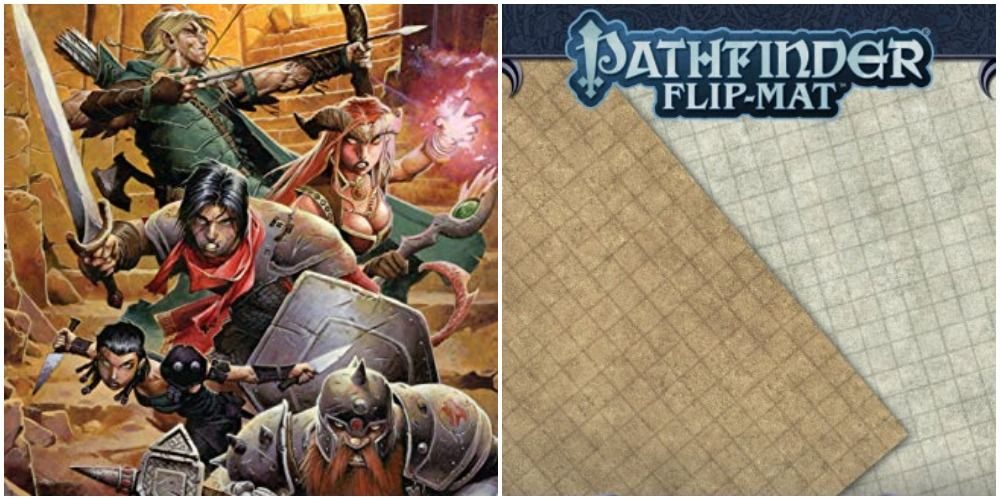
Nearly every GM incorporates “theater of the mind” into their games, but many tabletop systems encourage the use of a physical representation of the playing field. Having something to help visualize the battle or dungeon comes in handy when considering all the different combat rules that arise. It’s preferable for a player to see how they receive or fall victim to something like an attack of opportunity or trap. Otherwise, position is all at the whim of the GM and games are more fun for a player when not trying to visualize the battle field in their head. Drawing the map for your players helps immensely.
9 Grid Paper
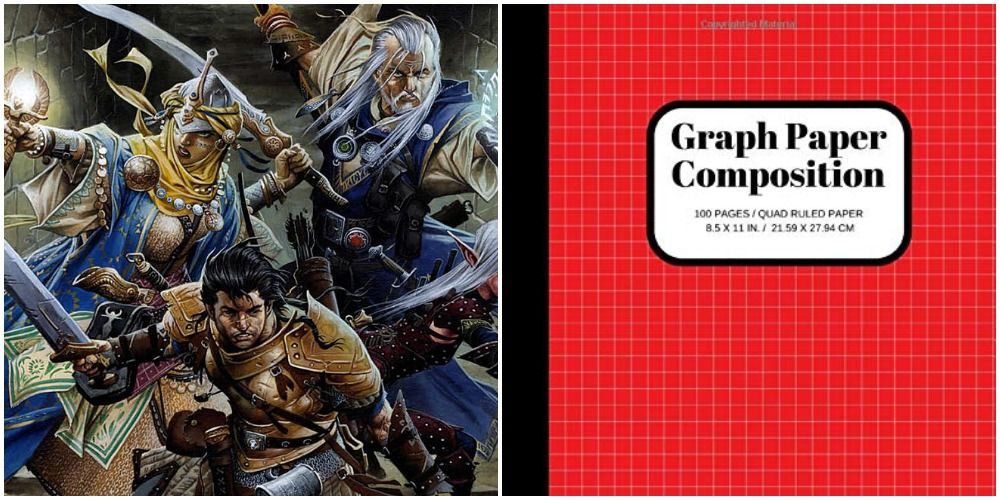
A good GM shouldn’t rely on their memory alone to plot out the floor of a complicated dungeon. The GM needs a reference for drawing out a map or dungeon and there’s nothing better to accomplish this than graph paper. The squares on the paper can be easily transferred 1 to 1 on a grid mat for easy dungeon and battle field design.
RELATED: 10 Monsters In Dungeons & Dragons That Can Destroy Any Player
A library of dungeons and battlefields physically on hand makes them re-usable. A single dungeon from a sprawling campaign can easily be selected and dropped into a quick one-off adventure.
8 Miniatures
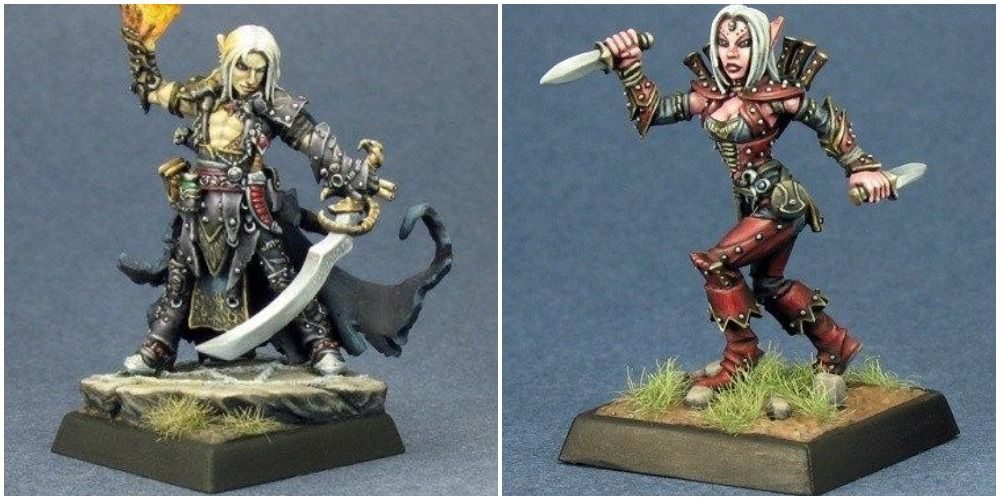
A map on a grid can’t represent the playing field alone. Players and GMs will want to include miniatures (“mini-figs”) into their games to mark player and NPC positions. Since everything is now represented visually, none of the GM’s players will be at a loss as to what they can and can’t do in regard to movement. This is a great boon for every gaming table.
It’s also fun to have a visible representation of the characters to help immerse players in the world. A whole sub-hobby of miniature and model painting is huge among table-top game players.
7 Area Of Effect Templates
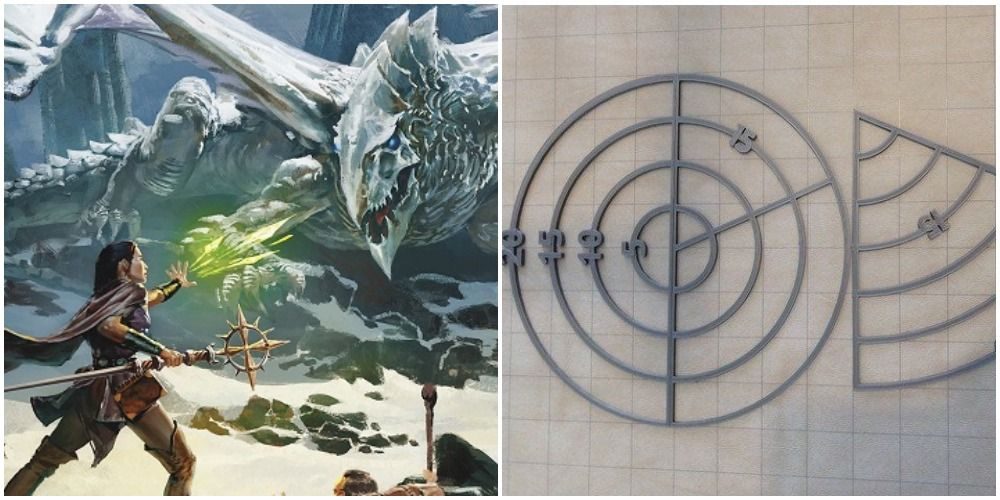
Area of effect (AoE) templates represent the area on a grid map that a spell or power can cover. There are a lot of options out there for AoE templates. Many options can be found in local game shops and online. Some are simply wire perimeters that can be set down on the map. There are also large, clear plastic areas that can be held above the action.
RELATED: The 10 Most Useful D&D 5e Spells Players Should Have
DIY AoE templates are easily made. Because the grid-map squares are 1-inch by 1-inch, the areas can be measured onto foam project board and cut out. However an AoE template is made, it’s great to have on hand.
6 Combat Risers
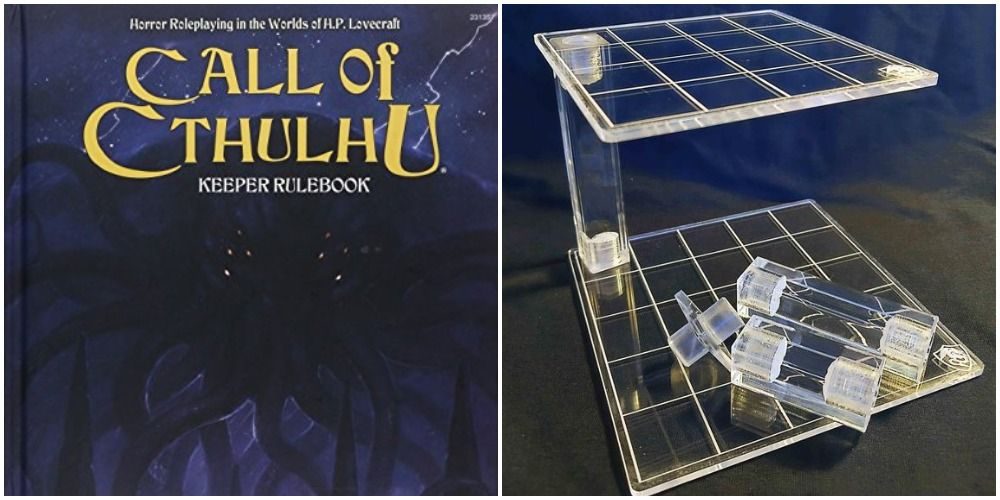
Since most TTRPGs offer a number of powers and abilities, a character is eventually going to fly. It can get pretty tricky keeping track of which character is flying and exactly how high. To convey flight, there are a number of different styles of combat risers available. Some are very simple, like a clear plastic base that elevates a miniature and utilizes a die to represent height. Others are high-end elevated platforms that follow the same grid system as a combat grid. Extensions can be purchased to change the height of the platforms. Risers literally add another dimension to your game.
5 GM/DM Screen
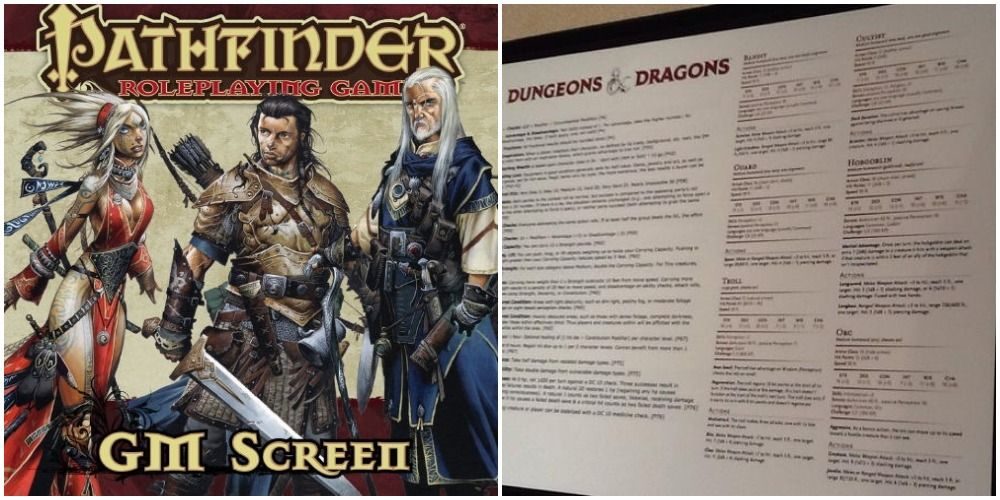
A GM screen might seem useless at first, but it solves a couple issues a GM could come across. First, it serves as a barrier between the GM’s game notes and rolls. A GM’s job isn’t to decimate the players. It might be necessary to “fudge” the dice to keep players hanging on. It also may be necessary to change an enemy’s result to move the story along. Sometimes a GM has to lie to maintain balance.
RELATED: 10 Pro Tips To Create A Cyberpunk D&D Campaign
Many companies make screens specifically tailored to their games. In these instances the inside of the screen will be filled with important notes and quick reference guides.
4 Dice Towers or Trays
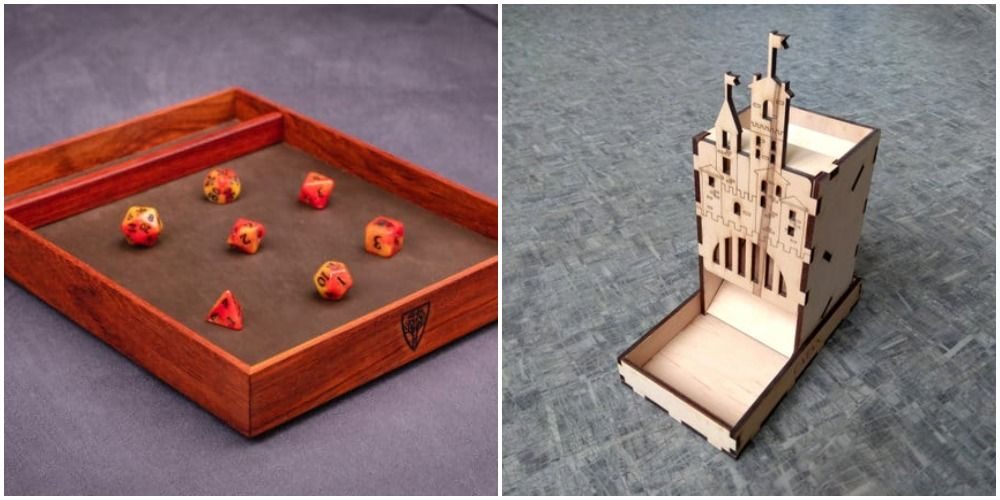
Dice towers and trays might seem like a silly luxury, but once they’re put into use the table will never want to play without them.
Some tables might not give a die a good bounce. A combat grid taking up most of the surface area won’t either. If a table does give the dice a good bounce then they might bounce and roll completely off the table. Thousand if not millions of dice have likely been lost over the years because they rolled off the table. It’s one thing for a die to disappear in a home the players are familiar with, but the die are likely lost forever at a game shop full racks, displays, and other players. With trays and towers you keep the dice on the table and they get a nice bounce to keep those rolls random.
3 As Many Books As Possible
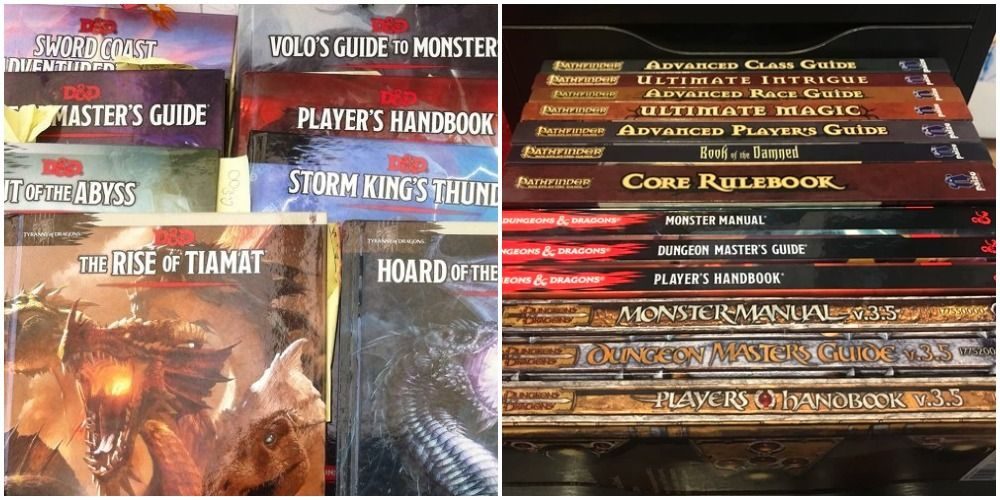
There are free and online System Resource Documents (SRD) for a number of TTRPGs, but there is nothing like having a book on hand. If a GM is familiar with their books, it’s much quicker to reference a rule, class, or creature than it is to search online. SRDs are better designed as a quick reference for players that already know what they’re looking for.
RELATED: 10 Video Games that Would Make Great D&D Campaigns
Books provide artwork and flavor text that help a GM flesh the game out in their mind. They also provide indexes and tables of content to help navigate all the information. It’s also important to mention that the more books you buy, the more you support the game and the more content the publisher will create.
2 Note Taking Tools
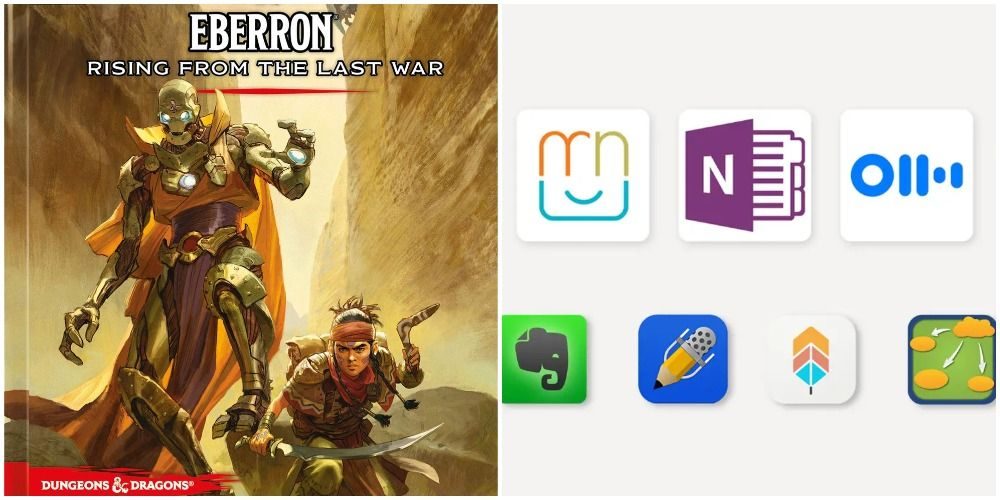
Whether you use a basic pencil and paper or an application like Google Docs or Notepad, it is extremely important that someone at the table is taking notes. At least one player should be designated as the note-taker so the table can recall the timeline of events, but the note taking doesn’t end here. The GM will have to take their own notes to keep track of things like player conditions and turn order. To some extent, every player should be taking notes on their inventory, plans, and abilities. Character sheets only fit so much.
1 Smartphone Apps
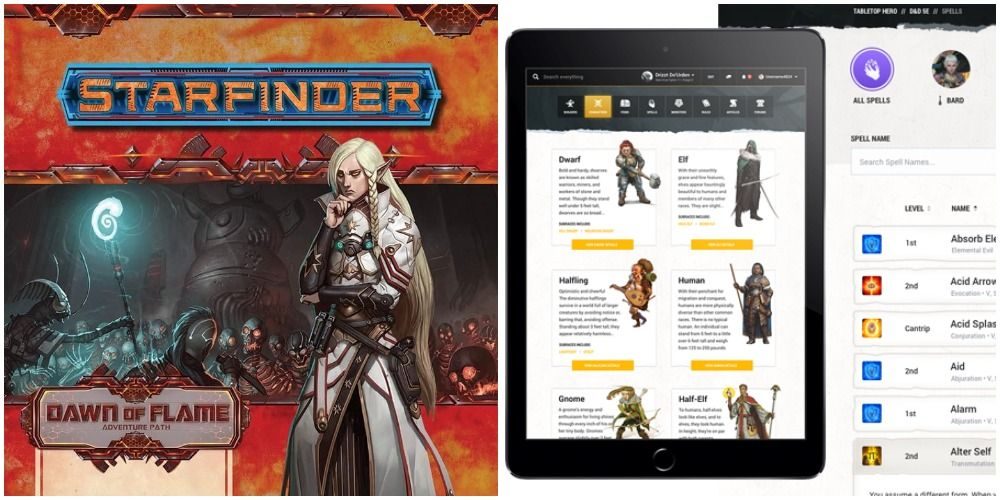
Smartphone applications have completely changed tabletop gaming and there are a ton of them out there. Game specific reference applications are a must have, but there are a lot of other useful apps out there as well.
There’s a variety of free random dice generators out there that are great in a pinch if someone forgets their dice bag. There are also a number of free game-specific character sheet apps as well. A roller and sheet application are fantastic for rolling characters on the fly or keeping track of all your different NPCs and PCs. Never worry about losing a character sheet again!
NEXT: D&D: 10 Most Common Problems During A Campaign (& How To Solve Them)
